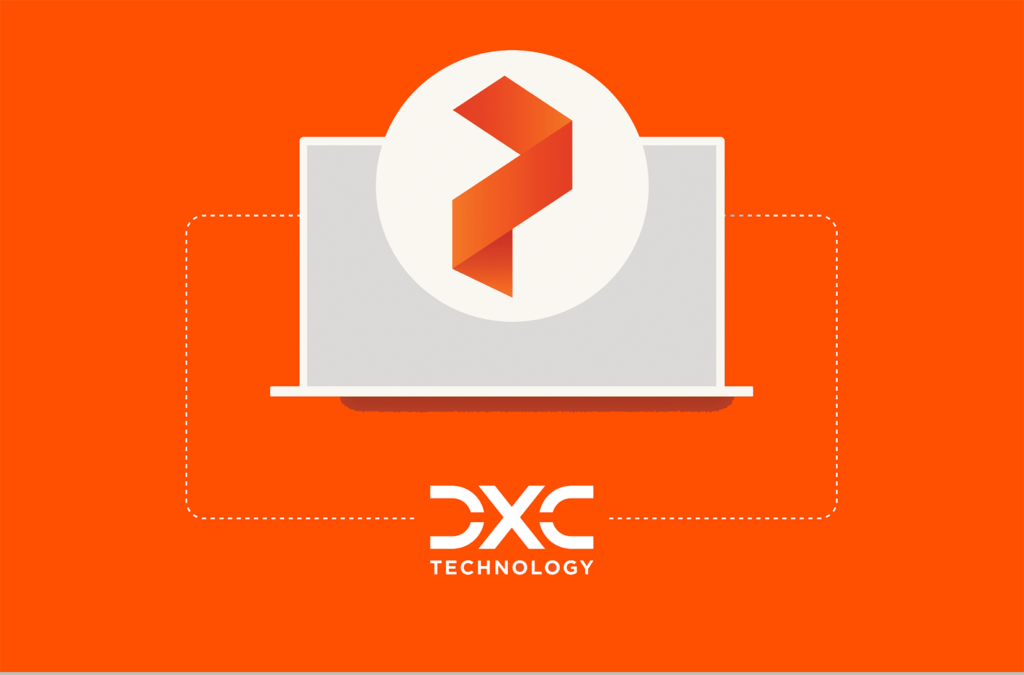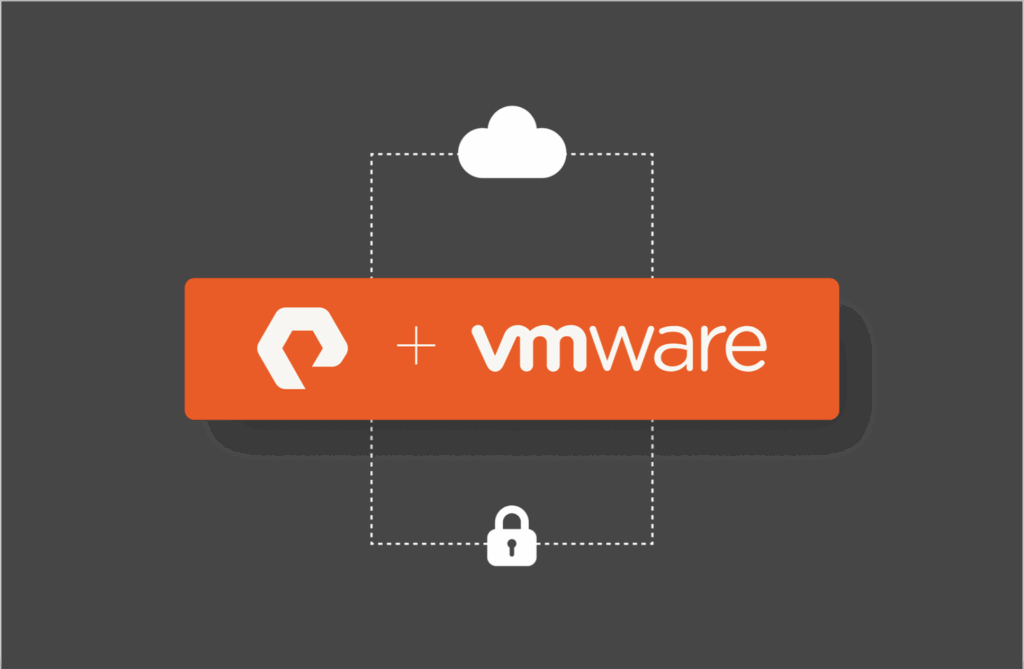Without question, 2020 has been the biggest disrupter of the retail industry in modern times. Organizations are still reeling from the impact. The pandemic has forced years of planned retail digital transformation to take place in months, not years. While many retailers have attempted to make changes, only the most future-facing IT teams have succeeded. Most retailers continue to struggle to adapt as shoppers continue to stay home and shop online.

Another change brought about by the current environment has been the increased power of the social influencer. Social media impact has been growing for years, but it has accelerated as the pandemic changes both shopping and buying patterns. Changes are wide-ranging—from the clothes people buy (comfort above all!) to more home cooking to an increase in do-it-yourself projects. People are buying luxury home goods instead of going on vacation. And when they’re looking for advice on what to buy, they find it on social media. Indeed, 71% of consumers are more likely to buy something due to a social influencer.
All this is changing how retailers interact with customers. And it’s driving changes in the retail IT department.
CIOs and IT departments are now more strategic than ever. This is a new development for retail where technology has often been seen as a necessary evil. Retail has focused on marketing goods and services primarily through brick-and-mortar locations. As a result, retail is below average in digital transformation compared to other industries. A lot of long-needed catch-up is taking place.
Retail also faces the challenge to adopt a host of new in-store technologies that will affect the IT department. These include in-store augmented and virtual reality, smart shelves with dynamic pricing displays, in-store beacons that “follow” customers around the store, and high-speed 5G cellular services. These technologies will generate new customer experiences—and more data to process, analyze, and store.
That brings us to the strategic direction of retail IT digital transformation. A major focus area in the years ahead will be cost containment. This means doing more with less, with a focus on efficient and easy-to-use technologies. Staffing is costly. If the retail IT department can reduce time spent managing an asset, it’s a win.
Along with cost-cutting measures, IT buying practices will also change. Retail hasn’t moved quickly into as-a-service buying models yet, but the cost savings are too compelling to ignore. This is especially the case for an industry as seasonal as retail.
A final thing to keep in mind: Sustainability as a corporate value continues to grow. Retail is one of the biggest environmental offenders. The apparel industry, specifically, is the second biggest global polluter after petroleum. While this problem is bigger than the IT department, sustainability will become a company-wide initiative throughout the industry. Expect it to become increasingly important in the years ahead.
To learn more about how Pure Storage® is helping retailers address these changes, check out our four-part webinar series.
Get IDC’s perspective on the state of retail IT in the “Retail Digital Transformation Infrastructure 2021 Investment Guide.” The guide is free and discusses the impact of COVID-19 on retail digital transformation. It also delves into retail buying plans across technologies including the Internet of Things, augmented/virtual reality, artificial intelligence, robotics, omnichannel security, and more.
You might also like:
Why Retail Needs as-a-Service Storage More than Ever
4 Reasons Retailers Rely on Powerful Data Storage
Blazing-Fast SQL Backup and Restore for Retailers





